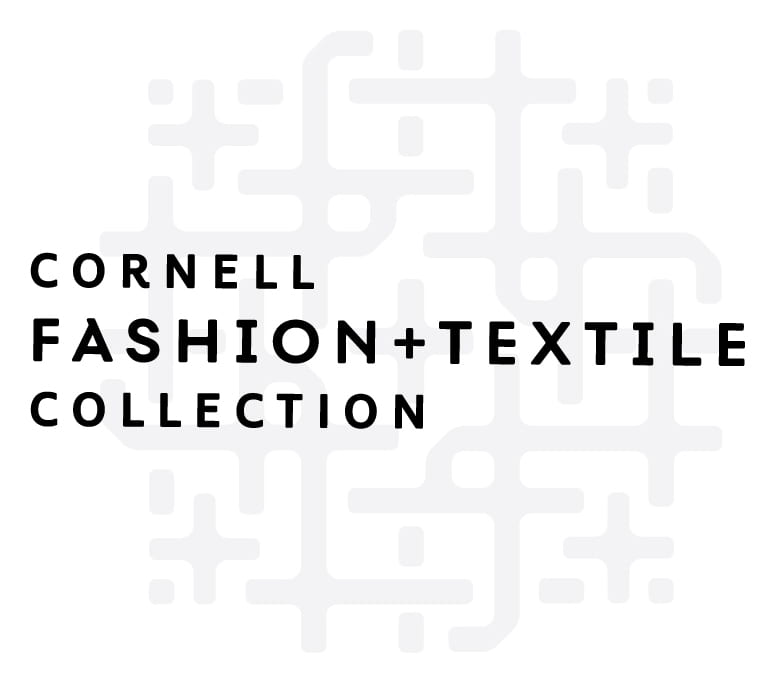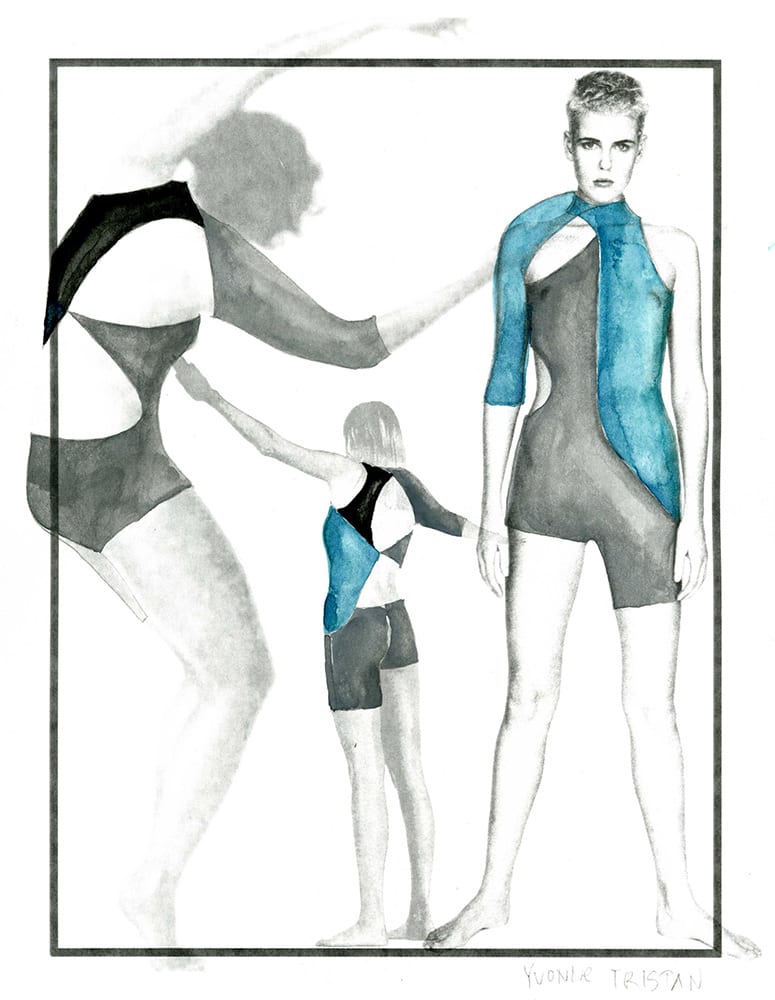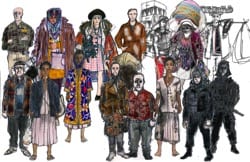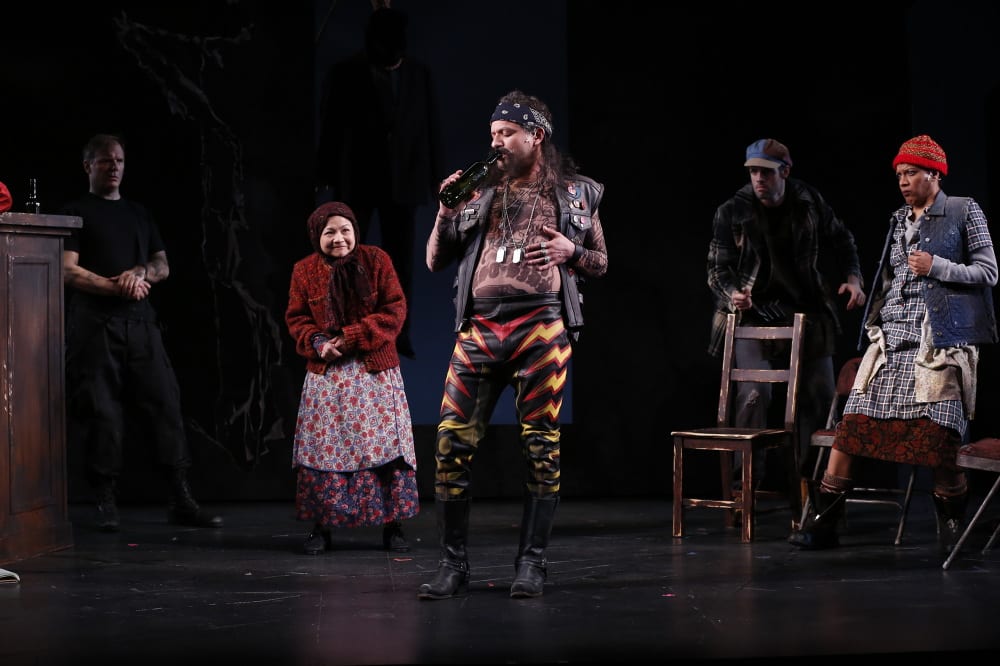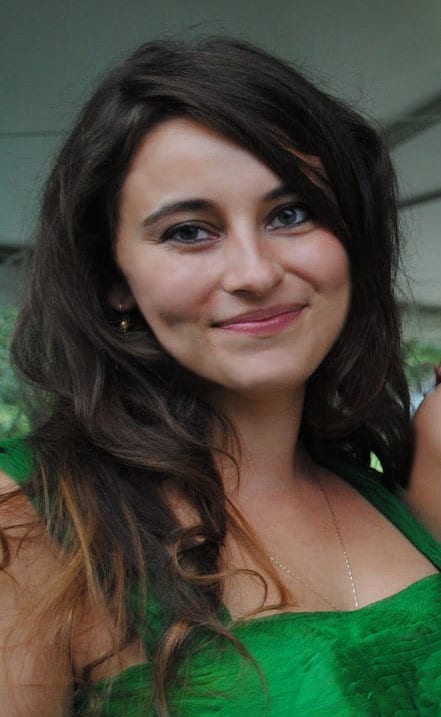Blog post by Livia Caligor ’21.
CDL Designers: Where Are They Now?
Founded in 1984, the Cornell Design League (CDL), today known as the Cornell Fashion Collective (CFC), is a student-run organization that provides members of the Cornell community with an outlet to express creativity in fashion design and fashion management. Each spring, our organization presents a professional runway show featuring the talent of students who both design apparel and manage the operations of the show. Our organization gives students the opportunity to practice design, demonstrate their talents, and learn how to produce a large-scale fashion event.
Our central mission as an organization is to present an engaging and professional runway show, providing a platform for Cornell University students to collaborate, express creativity, and inspire our community.
CFC is pleased to present their year’s annual runway show on March 9th, 2019. CFC has grown to have over 125 members representing all 7 of Cornell’s undergraduate colleges. We believe the diversity and talent of our members is one of the core elements of what makes our program so exceptional, as well as its history and alumni community. In anticipation for the show, I interviewed two former CDL members, who fused their passions for historical dress and garment design by pursuing costume design.
Soule Golden ‘05
Soule Golden graduated from Cornell University in 2005 with a B.S. in Textiles and Apparel. On campus, she worked in undergrad research for the Cornell Costume and Textile Collection and designed for the Cornell Design League, rebranded today as the Cornell Fashion Collective. Upon graduating, she worked as a wardrobe supervisor for the Joffrey Ballet, a fabric painter for Jeff Fender Studio, and costume coordinator for Cedarlake Contemporary Ballet. She then went on to pursue an MFA in Drama Design at Yale University. She is currently working as a freelance costume designer. Take a peek at her work here
Please tell us about your extracurricular involvements during your time at Cornell, specifically your role within CCTC and CDL.
At the CCTC, I used to catalogue many new donations to the collection. I helped work on the first web version of the catalogue. I curated one exhibition called “Finding Closure” because I wanted to study closures for my own pieces.
In CDL, I was the publicity chair. I wrote press releases because I had had an internship in fashion public relations and had learned how to do that. I was also a die-hard designer. I would always design (and make) the maximum number of looks allowed for your year in the club and lose tons of sleep working all night.
What are your most memorable memories in CCTC and CDL? Do you remember any piece in the CCTC in particular that really resonated with you?
I liked collaborating with the break dance team on campus. That was really fun. I was always interested in the secret language of dancers and how I could partake without having to dance myself.
I remember Linsey Griffin’s collection. I think she was a year ahead of me. She made amazing tailored pieces for women of all sizes. I also remember Professor Green wearing a scant piece which was made of nothing but a few feathers.
Please tell us about the pieces you designed for CDL each year.
My first year I made this piece worn by Verneda White. It was dayglow orange inspired by Matisse. I still have part of it and my daughter uses it for dress up.
The second year I made a piece inspired by The Mother of All Bombs. The corresponding piece was an American flag made into a dress that had gotten oil spilled all over it.
The following year, I was allowed to make a collection. I photographed the breakdancing team on campus. I hung out at their rehearsals. I ended up naming the collection Yuppyfunk. But people breakdanced in my clothes on the runway.
The fourth year, the collection was called Nomad. It was all about a larger-than-life woman who could exist just about anywhere. Bjork’s “hunter” played as they walked. Esosa Edosomwan was one of my models who lived across the hall from me my freshman year and was also a textiles major. Some of the jackets that year could be worn both upside-down & right-side-up.
Clip of model Esosa Edosomwan, walking for Nomad, Soule Golden’s senior collection in 2005.
What your design aesthetic and inspiration in college?
Hmm, I was a big Jean Paul Gaultier fan back then, so his style influenced me. But I never made pointy bras or lingerie. I always took a feminist perspective and tried to draw from different cultures but also make it relevant to Ithaca because that’s where I was living.
How did it change throughout your college trajectory? How has it evolved since?
I got more interested in activism as I continued through college. And I think it affected my design aesthetic. I think I’m becoming more minimal. I’m interested in how we can change the industry to become more socially and environmentally responsible. Did you know that places like Zara& H&Mtry to get consumers to buy into 52 “seasons” per year? Is that not crazy? How can we change the industry to make clothing design and the business of it more sustainable? I’m interested in upcycling, natural fiber fabrics, sweats, and athleisure.
How did you decide to pursue costume design?
My freshman year, I was on the track team and broke my foot. I suddenly had three hours in my day that I didn’t have before. I discovered the costume shop during that time and loved it. Richard MacPike, the then-costume shop manager, helped get me my first job at The Santa Fe Opera, where I met people I would continue to work with in the field of costumes for years following. I had worked in fashion a little previously, but found costuming to be much more fun. The people in costuming and theater were also much more diverse than the people I met in fashion. There seemed to be less posturing or something.
How did your undergrad research in garment preservation, research, and curation help to shape this passion?
I learned to appreciate historical garments & learned how to research them for use in later productions.
Please tell us about what your work as a freelance costume designer entails.
When I work on a play or a production, I read the text if there is one. Then I meet with the director and we talk about ideas. Then I do some research and rough sketches based on discussion. Then we meet again and this happens over and over. The scenic and lighting designers are usually in the meetings too. And sound, sometimes projection. Depending on budget and scale, I may or may not have a costume shop to work with and/or an assistant. We talk about the sketches, shop for fabric or garments. Many times items are borrowed or rented. We have a round of fittings with what we have. Then a second round. Then go into technical rehearsals which is the most intense part. Lots of changes need to be made in about a week’s time and the clothes are constantly being used. Then the show opens.
What have been some of your most memorable projects thus far?
I liked working on Caucasian Chalk Circle at Yale Rep. I also really liked working on this tiny production that went to Edinburgh Fringe Fest with a director I thought was very good. As a fabric painter, I worked on Britney Spears Toxic Tour & Victoria Secret Fashion Show (Those are my crowd pleasers but weren’t personally very rewarding).
Where do you see yourself going in the future?
I see myself becoming more of an artist/writer instead of strictly a costume designer. I just submitted my first children’s picture book manuscript & I’m working on an opera & performance art piece. I’d like to somehow combine my past experiences and knowledge with books, or somehow change the clothing industry for the better.
Mira Veikley ’08
Mira Veikley graduated from Cornell University in 2008 with a B.S. in Fiber Science and Apparel Design. On campus, she was involved in CDL for all four years, and went on to pursue an MFA in Costume Design from NYU. Mira is currently specializing in stage and film costume design in New York, and also serves as the Costume Designer in Residence at Middlebury College in Vermont. Take a peek at her work here
Please tell us about your time at Cornell. What did you study, and what were your extracurricular involvements?
I was a design major in Textiles and Apparel (which was then changed to Fiber Science and Apparel Design). I was class of 2008. I was a member of CDL all 4 years and I believe I was the secretary for the organization when I was a sophomore (it’s so long ago now, it’s hard to remember specifics!). I had a job working at the Schwartz Center as a costume stitcher and was very involved in the theatre department with costumes.
I also was a Barbara L. Kuhlman Scholar for two years during my time at Cornell, which helped me to come up with some pretty interesting fiber art work—I spent at least one summer biking back and forth between my apartment and a farm area where I had a torch set up for small scale glass blowing. The end result was a dress that looked like a galaxy with tiny hand-blown glass beads strung throughout. It also had lights that moved and changed subtly based on the movement in the room.
Please share more about your role in CDL in particular.
CDL was the most wonderful thing I did at Cornell! We were all in when it came to CDL, we all started fantasizing about our senior collections the moment we joined the department as freshmen. I remember the thrill of getting a piece together for my first year (a black long sleeve, high neck taffeta gown with a dangerously low back and a big orange tulle bustle on the back!—I set in the sleeve backwards but it still looked OK). Sophomore year I made something really strange, more along the lines of the fiber art work I was doing at the time. Junior year I was abroad, but by the time I was a senior I had my mistakes out of the way and came up with a pretty fun collection. All the models wore aqua colored wigs and I mixed found vintage fabrics with cottons and gauzes that I dyed myself. It gave me an opportunity to demonstrate my management skills (dealing with a budget), stretch my patterning and fitting skills, and try a few things that I wasn’t 100% comfortable with (dyeing and styling wigs).
Veikley’s first design for CDL in 2005, which she also modeled.
What is your best and worst memory as a fashion student, and what lessons did they teach you?
Both the best and the worst was working on the sewing samples all night long! My best friend (Gizelle Begler ‘08) was reduced to tears with the zipper sample—and we are still best friends to this day (over a decade later)! I also remember sleeping in the design studio (we packed sleeping bags and made a night of it), and Prof. VDL looking surprised in the morning when he saw us and asking in his British accent “did you sleep here?”
What is the best decision you made as a fashion student at Cornell?
Trying as much as I could in as many different directions as I could. College is a place where you get the chance to work out who you are and what you are about. Cornell supported me and let me run in whatever direction I fancied at the moment.
What was your design aesthetic and inspiration in college?
In retrospect I’m not sure I had quite found my voice yet. I enjoyed color and vintage clothing and mixing in modern and vintage elements. As a designer today I still find color and subtle variation in color to be fascinating—like painting with clothes. I think this all started to take shape when I was at Cornell.
How did it change throughout your college trajectory? How has it evolved since?
Again, I tried all the things, and took what stuck with me and left the rest in the past, but still think on it fondly. For example, I don’t work with glass anymore really, but the idea that I can stretch the boundaries of what clothing is made of, and solve problems wherever they take me is still very central to who I am as an artist.
How did you decide to pursue costume design?
I was very involved with the costume shop when I was at Cornell. They liked me there because I could sew (thanks to the FSAD department!). It started as a job and grew into something that I became really fascinated with. I have never really been a performer, but I loved the idea of telling a story with clothes. In fashion you get to do that, but in a corporate setting its often variations on the same story (Who is your client? What colors are fresh this season?). In costume design the story changes each time, and the process makes me feel like a detective—in order to design a particular story I must know everything about that particular culture, time, and place. For example, I may do a film set in Romania in the 1980s and suddenly I am obsessed with everything from that place and time, trying to put a finger on what exactly are the visual elements that communicate that place and time to the audience. On top of that you add character and journey, which is very compelling intellectually. Of course then there is also the process of bringing that design to life, which in the theater is a very intimate process where you get to work closely with the artisans who are making everything. There is also a relationship with the actor who wears the clothing, as well as the scenic and lighting and sound designers who control the environment in which the clothing will be seen. Theater people are all very curious and engaging, which I think is why I love it so much.
How did your time in CDL help to shape your current career path?
Learning how to put a collection together was huge—the organization it takes and the confidence it gave me was invaluable.
Please tell us about what your work as a freelance costume designer entails.
Life as a freelancer is crazy—I work with many different teams of people and on many different projects at once. I work with the director and the other designers to come up with the look of each character. I do drawings or collages to communicate my ideas, and then I use those drawings as a guide to help me achieve the look of the costume in real life.
What have been some of your most memorable projects thus far?
I designed and had built a realistic grizzly bear costume. That was a fun one.
What is the one biggest piece of advice you’d give to an aspiring designer?
Start with a story or an idea that you are passionate about first. Make aesthetic choices second, in line with that idea.
